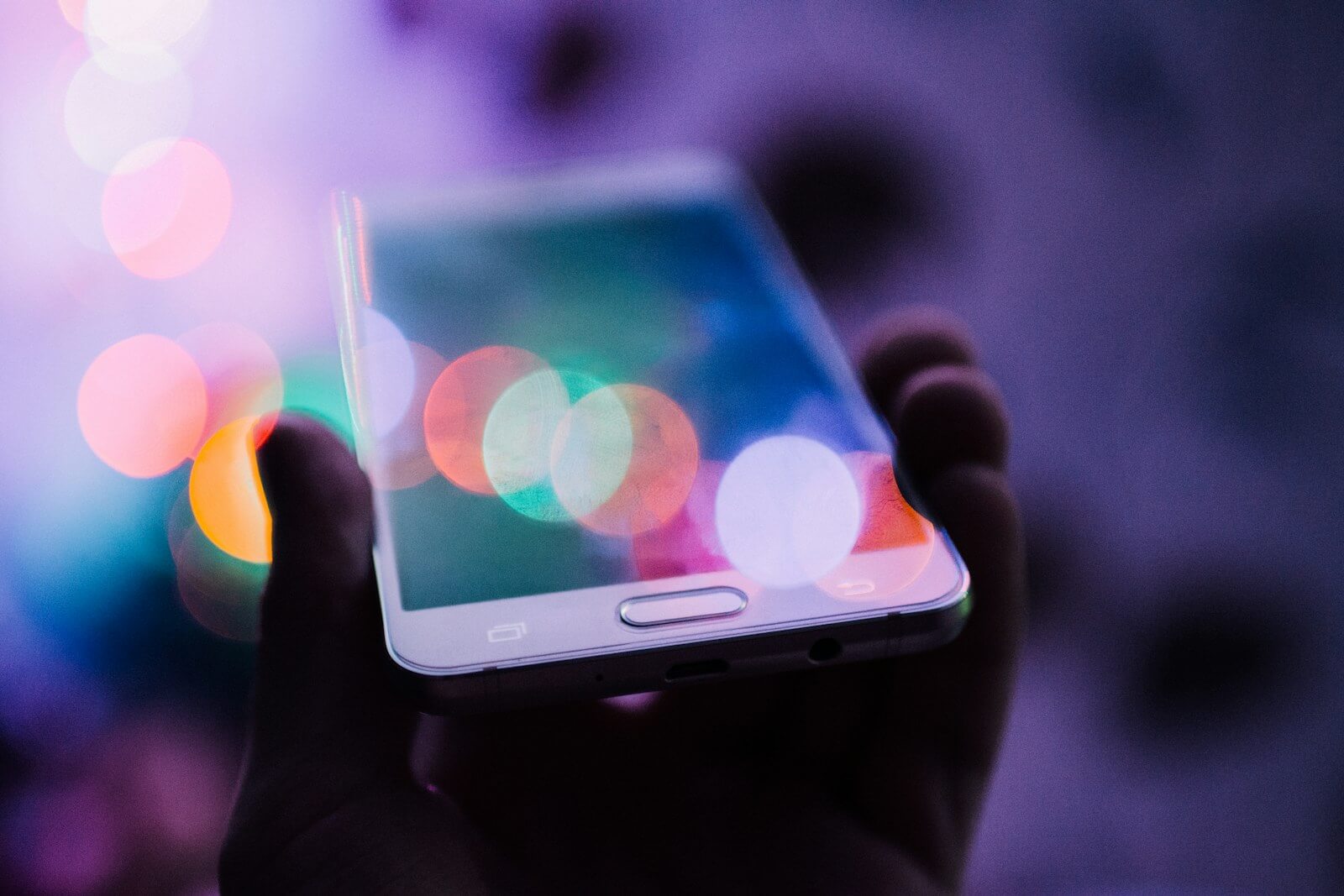The idea of taking a break from social media can seem daunting, yet increasingly necessary. The constant urge to check your phone, scroll through endless feeds, and get lost in what’s being shared on social media has significant impacts on our mental health, productivity, and overall sense of well-being. This comprehensive guide will walk you through why and how to wean off social media, exploring strategies for reducing screen time and ultimately improving your quality of life.
Why Should You Quit Social Media? Understanding the Impact on Productivity
How excessive screen time affects mental health
Excessive time on social media has been directly linked to a multitude of mental health issues, including anxiety and depression. The endless cycle of scrolling, comparing oneself to the carefully curated images on platforms such as Instagram and Snapchat, and the addiction to receiving notifications can create a loop of negative self-perception and constant distraction. These behaviors not only disrupt our mental state but also detract from our ability to focus and remain present in our daily lives.
The correlation between social media use and productivity loss
The impact of social media addiction extends into the realm of productivity. Constant interruptions by notifications, the urge to check your phone, and the habits developed around continually checking social media platforms, hinder one’s ability to concentrate on tasks. Studies have shown a clear correlation between excessive social media use and decreased productivity, both in professional settings and in personal life management. Taking a break from social can provide not just mental health benefits but can significantly enhance one’s efficiency and output.
Personal stories of improved well-being after quitting social media
Many who have decided to quit social media or take a significant break from social share stories of revitalization. Without the clutter of social media feeds and the constant barrage of information that was once shared on social media, individuals find more time to engage in fulfilling activities, deeper connections with others through direct communication, and a revitalized focus on personal growth. Essentially, detoxing from social media opens the door to rediscovering pleasures that were obscured by the digital haze.
First Steps to Cutting Back: How to Start Your Social Media Detox
Identifying your main time on social media: Spot the apps you’re addicted to
A crucial first step in the journey to cut back on screen time is identifying which social media apps you are most addicted to. For many, apps like Instagram, Snapchat, and other social media platforms are at the forefront of their addiction. Recognizing your patterns, such as how often you use social media and what triggers your usage, can highlight the areas needing the most attention.
Setting realistic goals for your detox journey
Setting achievable and realistic goals is essential when beginning your social media detox journey. Whether it’s gradually reducing your screen time, setting specific off-limits hours, or taking weekends off from all social media use, clear goals can guide your process and provide a sense of accomplishment.
The role of app limit features and how to use them effectively
Most smartphones nowadays come equipped with features designed to help manage screen time, allowing you to set limits on specific apps or categories of apps. By enabling these app limit features, you can enforce your goals and start to wean off your dependence on social media notifications and the habitual scrolling of social media feeds. Moving social media apps away from the home screen or even deleting them temporarily can further help break the cycle of addiction.
Going Cold Turkey vs. Gradual Reduction: What’s the Best Approach?
The benefits and drawbacks of quitting social media cold turkey
Going cold turkey, or abruptly quitting social media, can be a powerful method for some, offering an immediate break from the continuous influx of social media notifications and disruptions. However, it may also lead to withdrawal symptoms and increased FOMO, making it a challenging approach for those deeply embedded in social networks.
Strategies for gradually reducing your screen time
A more feasible approach for many is the gradual reduction of screen time. This method involves slowly decreasing the time spent on social media platforms, replacing digital activities with physical ones, and reallocating attention towards more productive or fulfilling tasks. Gradual reduction can lessen the shock to the system and make the transition away from social media addiction more sustainable.
Creating a balanced schedule: Incorporating non-digital activities
Creating a balanced schedule that prioritizes non-digital activities is a crucial step in both going cold turkey and gradually reducing screen time. Engaging in hobbies, spending time with loved ones, and participating in physical activities can fill the void left by social media, redirecting your energy towards healthier and more rewarding endeavors.
Expert Comment on Social Media Apps
Dr. Jordan Fletcher, renowned psychologist specializing in digital wellness and human-computer interaction, shares a compelling perspective on our digital habits. “In today’s world, where many confess to being addicted to social media, finding balance is key.
It’s about more than just silencing your inbox or escaping the allure of social media sites and their omnipresent icons. For instance, integrating apps like StayFocusd or News Feed Eradicator can help support your journey to mindfulness by limiting distractions from sites like Facebook and TikTok. Imagine embarking on a 30-day challenge, checking these platforms only a few times per day, or better yet, spending a day without any digital interaction at all. The goal is to remove the apps that tether you to your phone, like a shortcut to detoxing from alcohol abuse. It’s about allowing yourself the space to disconnect, perhaps by spending a day in a cabin in the woods, free from the constant ping of email notifications and text messages.
By limiting phone usage and apps from your phone, like Instagram or WhatsApp, you’re taking a step towards reclaiming your attention and, essentially, your life. You’ll be amazed at how much more present you’ll feel, making space for activities that truly enrich your life, like reading a paperback or practicing mindfulness. It’s akin to rediscovering the joy of hearing an alarm clock after a restful night, untempted by the glow of your screen. Dr. Fletcher emphasizes, ‘It’s not just about cutting out Reddit or disabling push notifications; it’s about crafting a day to focus on what genuinely matters. When you start treating your phone usage like quitting a drug, you’ll realize the power of truly being in the moment. And yes, you may earn back more than just time; you’ll gain clarity, peace, and a renewed sense of purpose.’”
Overcoming Withdrawal: How to Handle the Urge to Reconnect
Dealing with FOMO (Fear of Missing Out) after you quit social media
FOMO can be one of the toughest challenges to overcome when you decide to quit social media. Reminding yourself of the reasons for your detox and the benefits you’re experiencing can help mitigate this. Engaging in real-life activities and fostering in-person relationships can also diminish the power FOMO holds over your decisions.
Alternatives to social media: Finding healthier ways to stay informed and connected
Subscribing to newsletters or focusing on direct communication through email or messaging apps can maintain a sense of connection and stay informed without the negative effects of social media platforms. This shift can provide a more focused and less intrusive way of interacting with content and people.
Strengthening willpower: techniques to resist notifications and the urge to scroll
Strengthening willpower is a fundamental aspect of handling urges to reconnect. Techniques such as turning off notifications, keeping your smartphone in another room while working or engaging in hobbies, and setting specific check-in times for essential communications can help maintain your focus and commitment to your social media detox goals.
Maintaining a Life After Social Media: Rebuilding Your Online Habits
The importance of curating your digital environment
As you reduce your screen time and social media use, curating a positive digital environment becomes crucial. This process involves consciously selecting what content to engage with, prioritizing interactions that add value to your life, and minimizing exposure to detrimental or time-wasting content.
Reconnecting with the physical world: Offline hobbies and socializing
Reinvesting in offline hobbies and nurturing face-to-face social interactions can significantly enhance your well-being. Activities that foster creativity, learning, and physical health not only replace the time once devoted to social media but also enrich your life in meaningful ways.
How to stay informed without falling back into social media addiction
Staying informed without relapsing into social media addiction is possible through curated newsfeeds, subscriptions to trusted news outlets, and leveraging the wealth of podcasts and audiobooks available. These alternatives offer depth and engagement without the addictive patterns and negative impact associated with traditional social media use.
In conclusion, embarking on a social media detox presents a challenging but profoundly rewarding journey. By understanding the impacts of social media addiction, setting clear goals, and exploring various strategies for reducing screen time, you can reclaim your time, improve your mental health, and enrich your life in the physical world. Remember, the ultimate aim is not to demonize technology but to foster a healthier relationship with it, ensuring that your digital habits serve you rather than control you.
How do I start to wean myself off social media?
To start to wean yourself off social media, begin by monitoring your social media use to understand your habits. Next, gradually reduce your time on social media by setting daily limits. Consider removing social media apps from your home screen or even deleting them temporarily to avoid temptation. Establishing new hobbies or activities can also distract you from the urge to check your phone. Remember, the process of reducing social media addiction takes time and patience.
How can I delete a social media account permanently?
To delete a social media account permanently, you usually need to go into the settings of the specific app or platform. Look for a section labeled “Your Account” or “Security & Privacy”. Within these menus, there often is an option to deactivate or delete your account. Remember, some platforms may require you to provide a reason or go through a cooldown period before the account is permanently deleted.
What are effective strategies to cut back on addiction to social networks?
Effective strategies to cut back on addiction to social networks include setting strict boundaries for use, such as specific times you allow yourself to scroll or check social media feeds. Turning off social media notifications can also greatly reduce the urge to constantly check your phone. Engaging in a social media detox or taking a break from social can provide perspective on your use and its impacts on your productivity and mental health.
Can setting limits on screen time help with social media addiction?
Yes, setting limits on screen time can significantly help with social media addiction. Most smartphones and digital devices offer built-in tools to monitor and limit your usage.

